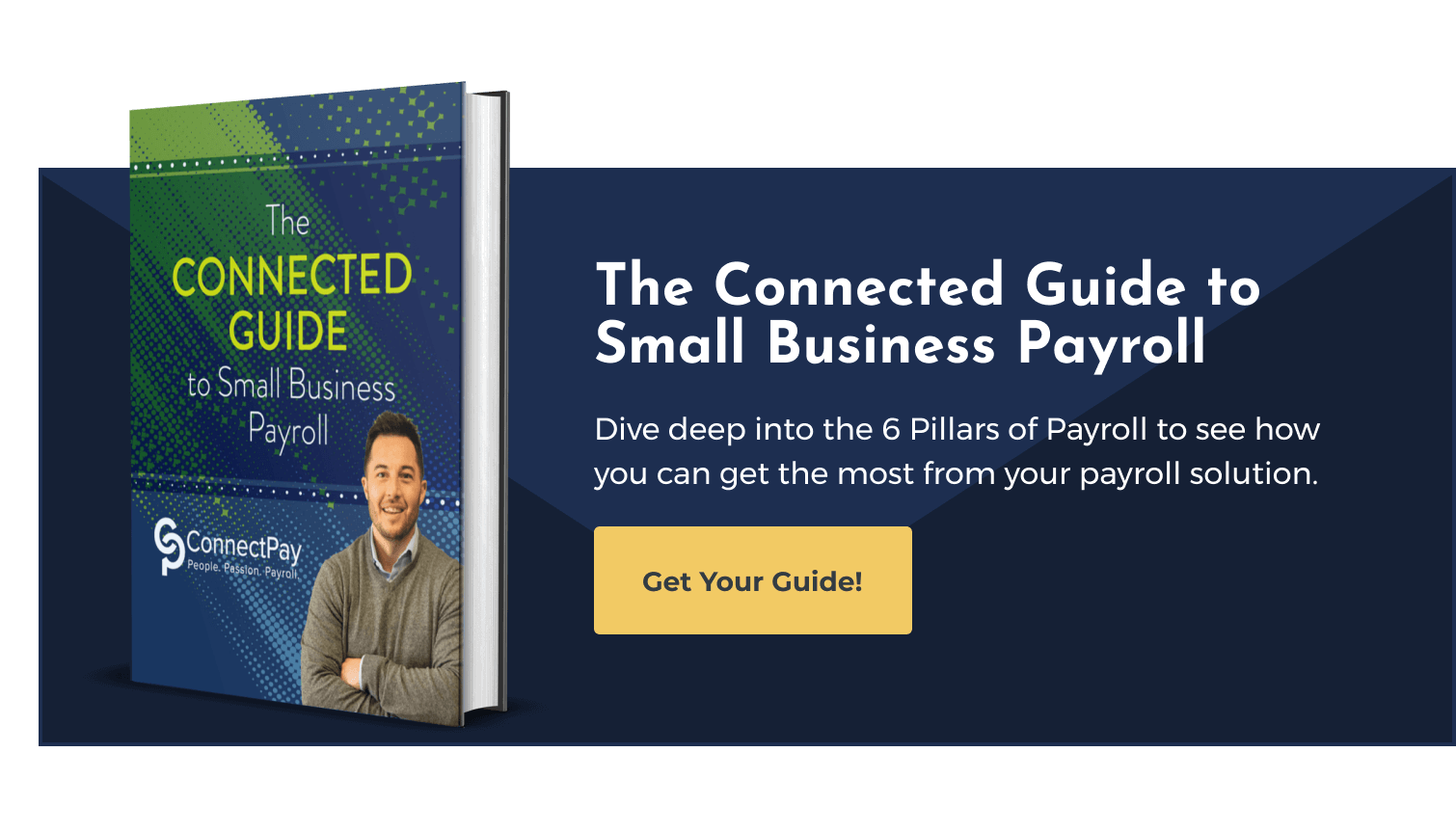1099 Payroll: How to Pay Independent Contractors

You’re passionate about your business… but you might be slightly less passionate about running payroll.
We get it. And when you throw 1099 contractors into the mix, things can get spicy pretty quickly, and you might want to bury your head in the sand. But, the gig economy, freelance work, and contracting are becoming more popular. In fact, over 50% of the US workforce is likely to participate in the gig economy by 2027.
To remain a forward-thinking company, consider hiring more independent contractors over the coming years. We don’t want you to struggle through classification and tax compliance!
This article shows you what you need to do to manage 1099 payroll, from classifying workers correctly to paying independent contractors so you can focus on growing your business.
Managing 1099 Payroll
An independent contractor, otherwise known as a self-employed person, is contracted to provide services to a business as a non-employee. From a high level, an independent contractor must pay their own Social Security and Medicare taxes.
Hiring an independent contractor means that you’re not on the hook to provide employee benefits such as health insurance and retirement accounts. Troubles arise when employers misclassify employees as independent contractors.
Should your small business move towards hiring more independent contractors? It depends. The ‘gig economy’ is a growing market. In 2021, the number of independent workers in the United States increased significantly, regardless of the frequency of work. In 2021, there were about 23.9 million occasional independent workers in the United States, an increase from 12.9 million in 2017.
If it makes sense to your business to hire more independent workers, you need to know how to pay them and the forms you’re legally required to provide.
1. Classify Workers Correctly
As mentioned above, independent contractors are technically self-employed. They’re also known as freelancers or consultants. The IRS classifies doctors, dentists, lawyers, and construction contractors as independent contractors. Whether or not these individuals are independent contractors or employees, depends on whether or not the individual owns and operate a practice, or works for someone else's practice.
Classifying a worker as 1099 determines how they will be paid, their eligible benefits, and which tax forms they use to report income. The IRS uses the common law test to determine classification. It will explore the relationship between you and the contractor and examine how much behavioral and financial control you have over the individual
Related: 1099 vs W2: 4 Tips for Classifying Workers Correctly
It’s essential to get classification right. If you don’t, even unintentionally, you risk fines and penalties. If the IRS determines that a contractor is actually an employee, you’ll be required to pay employee wages and benefits, workers’ comp, and employment taxes: An expensive mistake indeed.
2. What is Form 1099?
Form 1099 is an IRS tax form known as an information return. Independent contractors receive a 1099-NEC from clients (your company, in this case). The form reflects the money you pay them.
The form includes the independent contractor’s Social Security number or TIN (taxpayer identification number) so the IRS knows they’ve received the money. Contractors must keep track of their earnings. If you pay a contractor $600 or more, you must issue them a 1099 form detailing earnings for the year. If you don't file, you run the risk of being audited by the IRS.
In 2020, the IRS rolled out Form 1099-NEC, which is the form your company should use to report money paid to independent contractors. This form replaces the 1099-MISC Form, which was a sort of catch-all for income that didn’t fit into other 1099 categories.
3. How to Pay Independent Contractors
Unlike employees, you don’t pay contractors a salary. You’ll likely pay them hourly or per project. It’s essential to reach a payment agreement. What’s the going rate? How experienced are they? Contractors usually have their own rates. Make sure you’re on the same page.
Estimating how long the project will take and how much time the contractor will need to devote to the project will help you reach an agreement. You might need to pay a deposit and then agree on milestone payments.
Remember that contractors have to pay their own taxes on the money you pay them. You might have to pay more than you would an employee.
Pro tip: Many independent contractors are tech-savvy, so use digital payments.
Once you have an agreement in place, follow this process:
|
The contractor fills out a W-9 |
The form used to gather information about the contractor such as their TIN, contact information, Social Security number, legal name, and legal business name. You’ll need this form to report payments made. |
|
Pay the contractor |
Pay contractors accurately and on time, keep records of any payments. |
|
Do you need to pay backup withholdings? |
If the contractor doesn’t provide a TIN, you’ll incur up to a 24% withholding rate. |
|
Fill out and return Form 1099 |
Use the W-9 Form to fill out the necessary information on Form 1099 and send it out by January 31 each year. |
1. Contractor Fills Out a W-9
A W-9 is the form used to gather information about the contractor, such as their TIN, contact information, Social Security number, legal name, and legal business name. You’ll need this form to report payments made.
Payroll services make collecting the W-9 form easy. When you add contractors to your payroll account, they will have access to an online account. Your software should prompt them to provide all the information you need for the W-9 and store it in your software.
2. Pay the Contractor
You have an agreement, including the project’s scope, due dates, and expectations. You must pay contractors accurately and on time to build a trusting relationship and avoid making their lives difficult.
You can pay contractors by check, direct deposit, Venmo, PayPal, or cash (not recommended because of the lack of a paper trail).
3. Do You Need To Pay Backup Withholdings?
Suppose any details on the W-9 form are wrong. In that case, if independent contractors enter an incorrect Social Security number or refuse to provide a TIN, the IRS will notify you to immediately start withholding 24% of the contractor’s pay for backup withholding taxes.
4. Fill Out and Return Form 1099
If you’ve paid a contractor more than $600, prepare the 1099-NEC form. Distribute a copy to the contractor and the IRS, and include the total amount you paid during the year.
The deadline is January 31 to report payments. You can use the W-9 Form transfer information to ensure accurate year-end reports.
1099 Payroll: Fail to Plan, Plan to Fail
You need to be ready for the tax season to avoid missed deadlines and penalties. Per federal law, you are responsible for sending 1099 forms on time, starting backup withholding if necessary, and disregarding labor laws and payroll taxes.
It’s essential to classify your workers with confidence and understand the IRS’s guidelines for recording and filing Form 1099. ConnectPay helps small businesses confidently handle payroll and tax compliance so you can focus on growing your business.
If you still have questions about Form 1099, Form W-2, or anything related to tax, we are here to answer your questions or connect you with local experts.
Check out our free resource, The Connected Guide to Small Business Payroll, and arm yourself with essential knowledge.






